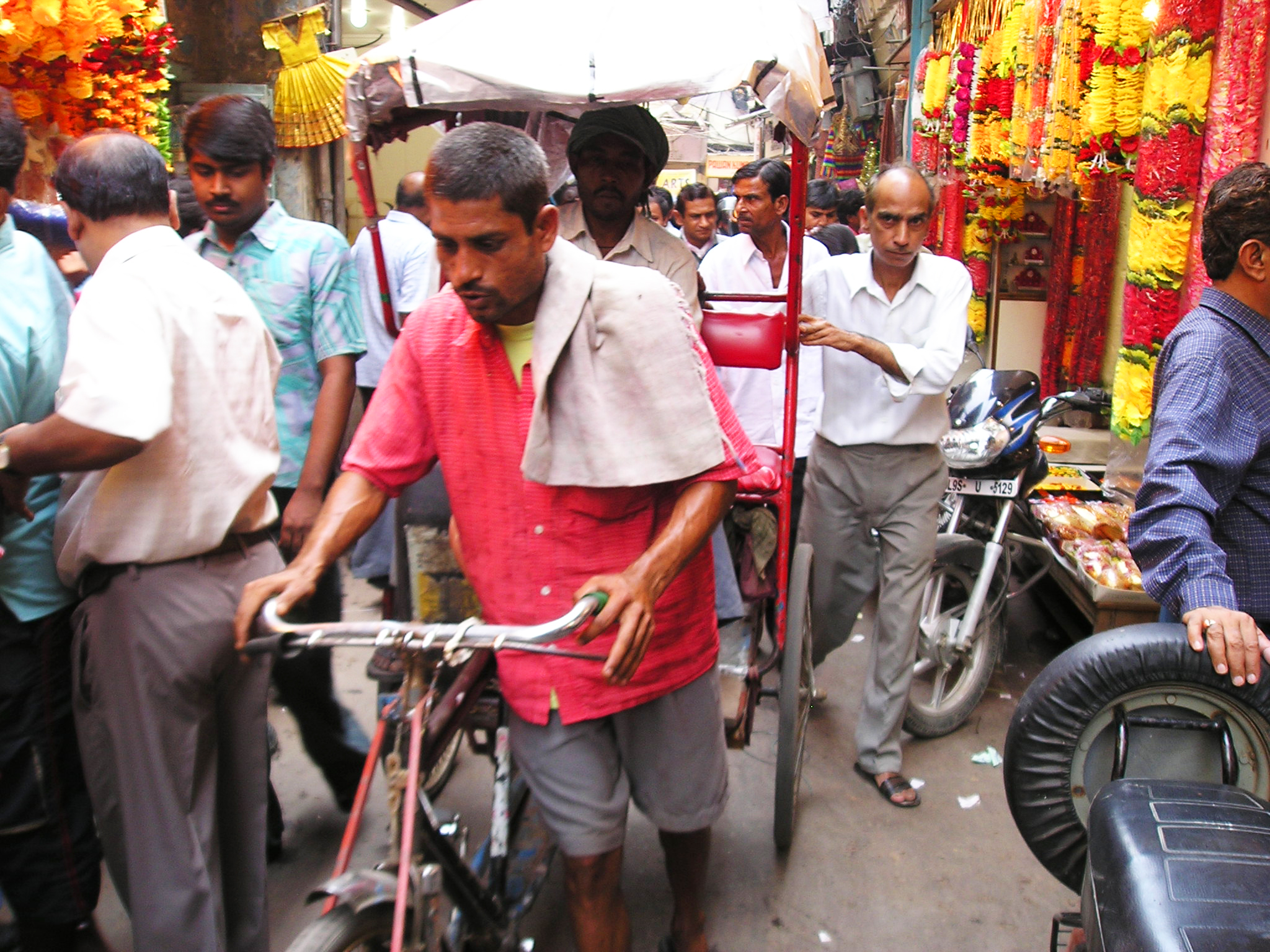
The best way to see a city is by walking through its streets and alleys and exploring its underbelly. Having seen such tourist spots as the Red Fort, Jamia Masid, Qutub Minar, Humayun’s Tomb and Jantar Mantar on my earlier trips to Delhi, I thought of going to a place where tourists don’t normally go.
I was in the Indian capital to take part in the launch of Tales of Two Cities (not to be confused with Charles Dickens’ A Tale of Two Cities), which I had co-authored with a senior Indian journalist and a former diplomat, Kuldip Nayar. The venue was the India International Centre, where my publisher had also arranged for my stay. The launch was well attended and was a big success, I may add, at the risk of being considered immodest.
I had to stay in the exciting city for an extra day because there was no flight from Delhi to Karachi or Lahore. So I decided to make the most of it. I had read about the crisp parathay that were available in what was known as the Parathay Wali Gali, close to the famous Chandni Chowk. A desi foodie that I have always been I thought of grabbing the opportunity of visiting the alley.
During my three-day stay in the city, my friends were generous enough to lend me their cars and drivers. However, had I taken a car, it would have taken me 45 minutes to reach Chandni Chowk and another 15 minutes on foot to the Gali, not to speak of the poor driver’s ordeal of finding a parking spot. So, I took the new swanky Metro, which took nine minutes (in spite of changing from blue line to yellow line at the Rajesh Chowk station) from Mandi House to the Chandni Chowk station.
Parathay Wali Gali (incidentally all four eateries in the Gali spell the word ‘paratha’ differently) is just as narrow as the Shahi bazaars of Sindh. Until a couple of decades ago there were as many as 13 joints specialising in parathas, but as jewellers and ladies’ clothes owners offered lucrative prices, one by one, nine shops dropped shutters.
The four eateries that are left overflow with customers, morning, noon and night. I was advised to be there an hour before lunchtime so that I could capture on my camera more than just the heads of the paratha-buffs occupying the limited space inside the eateries.

The menu displayed on the walls boasted of parathas with a wide variety of fillings — cottage cheese, radish, moong ki daal, potatoes and what have you. But they were all vegetarian joints. I inquired about the traditional qeema paratha and was told that Jamia Masjid, which happened to be less than a kilometre away, had eateries around it that also served, among other dishes, non-veg parathas.
The parathas available in the Gali were smaller than the ones we have in Pakistan and they were deep fried, which made them crispier. I was reluctant to try one as my digestive system was not in ship shape. The man frying the parathas in the biggest eatery in the Gali said that a Pir Sahib had blessed the late owner so anyone eating parathas in his shop was immune to digestive problems; if any thing, the parathas would have a curative effect.
Pir Sahib or no Pir Sahib, professional compulsion forced me to try an aloo ka paratha and to say that it was delicious was to state the obvious. I sat next to a man who had a plate of two plain parathas with chutney and a couple of servings of bhujya for Indian Rs20. “I have it everyday because I can’t afford to pay more and people like you come here out of choice rather than out of compulsion,” said my cynical neighbour.
Another eatery, founded by one Pandit Gaya Prasad, displayed pictures of celebrities enjoying parathas in his outlet. The most prominent being that of Pandit Nehru in the company of a young Indira Gandhi. In another picture there was Lal Bahadur Shastri. Prasad’s son claimed that all heads of state and heads of governments had had his or his father’s parathas. “Abul Kalam sahib is the only one who never came here,” he said in English. He was in those days the President of our neighbouring country.

As I moved out and headed towards Chawri Bazaar to catch the metro, I noticed that every shopkeeper had parked his motorbike outside his outlet, which made the narrow lane even narrower. I was almost overrun by a cycle rickshaw.“Dekh ke chala karo” (watch where you’re walking), roared an irate, grim-faced cycle rickshaw driver. “Bhai sahib, yehan tou na dekhne ki jaga hai aur na chalne ki” (Brother, there is no space to see let alone walk here), I said. My comment made him smile and he gave way, which reinforced my belief that humour works everywhere and Parathay Wali Gali was no exception.

The views expressed by this blogger and in the following reader comments do not necessarily reflect the views and policies of the Dawn Media Group.












































